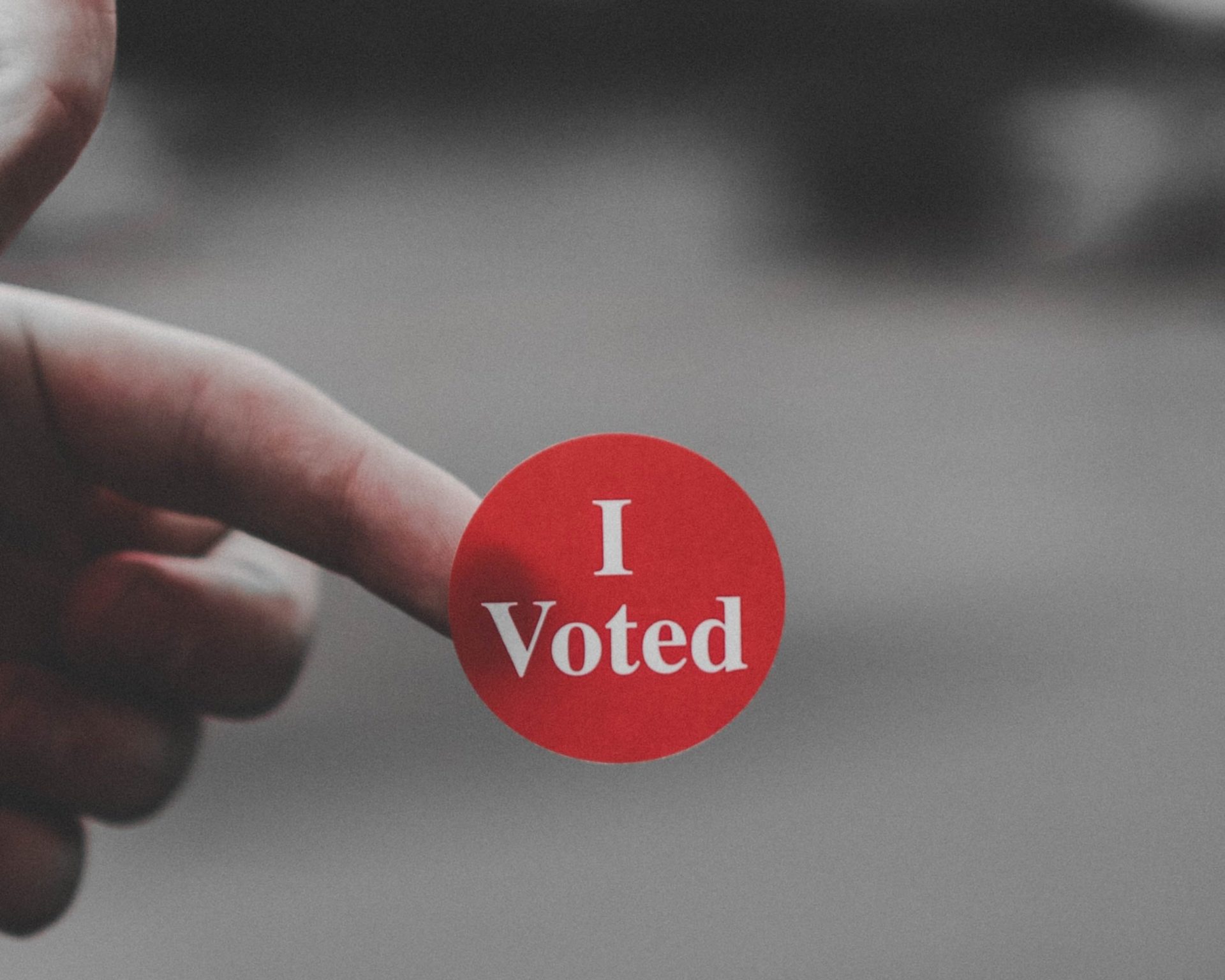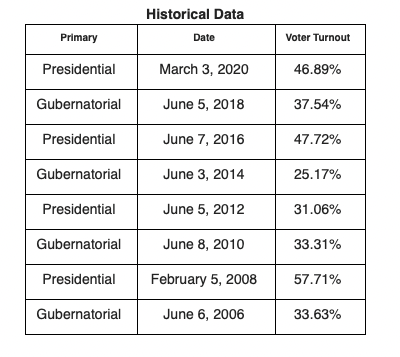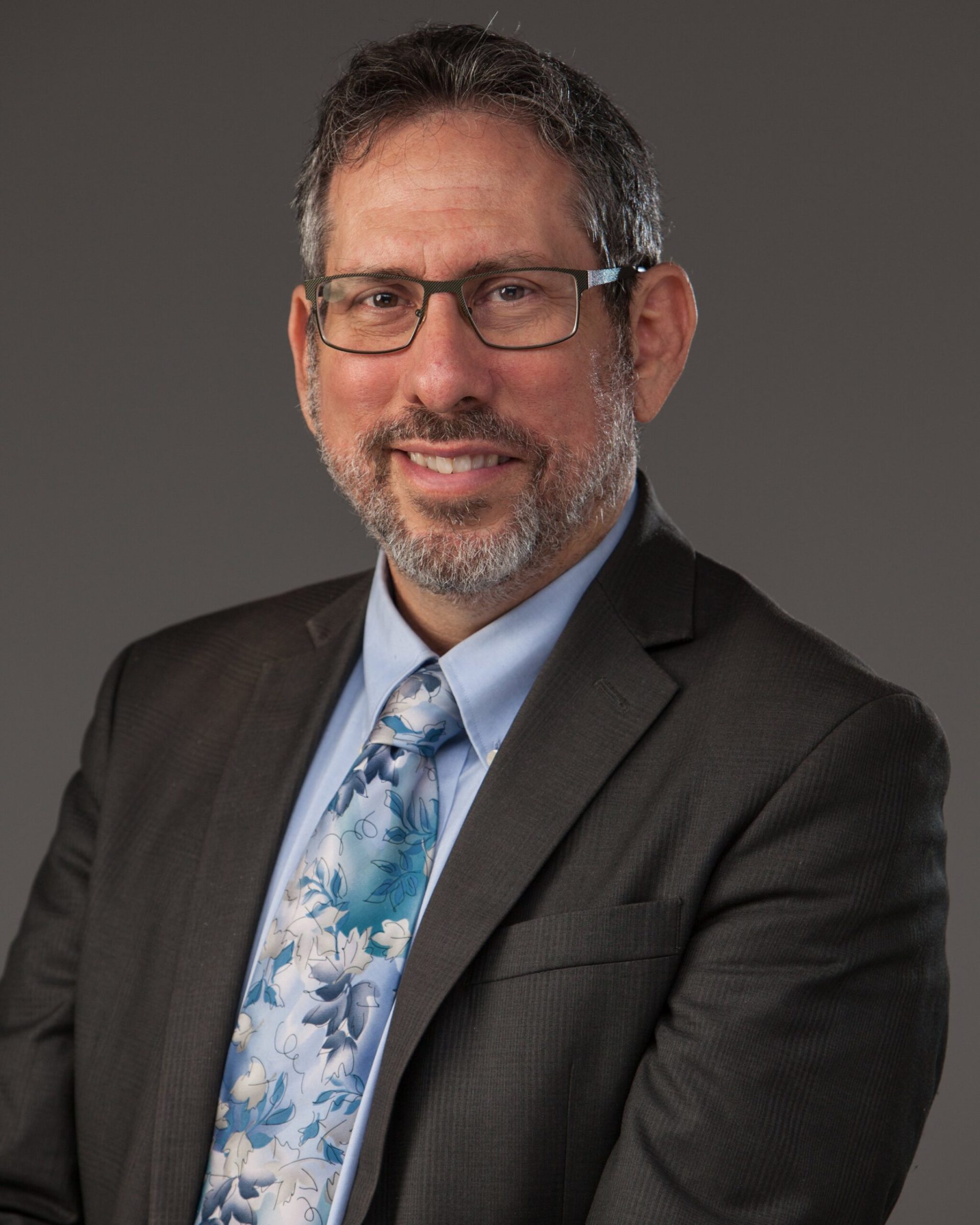
Every election season, without fail, politicians and media pundits always seem to paint the upcoming slate of elections as some of the most consequential in modern American history. It is a tired characterization to be sure, but there always seems to be a grain of truth to it. Americans are staring down a global conflict in Ukraine that we hope will end soon, inflation that is causing massive rising prices to consumers and businesses, and a leaked Supreme Court opinion overturning of Roe v Wade along with a spate of mass shootings that have reignited some of the country’s most polarizing debates.
Rather than take to social media and scream into the void of our respective echo chambers, we must all take the time to make informed decisions and vote – not just on the most high-profile posts, but down the ballot to the most local positions.
My state of California has attempted several times to transition from a closed primary state, as it was until 1996, to what it is today, an open primary state. An open primary means during the primary we can vote for any candidate regardless of what party they represent. The primary is very important in California because of the “Top Two Candidates Open Primary Act” that took effect on January 1, 2011.
This means that the top two people who get the highest percentage of the vote in the primary, regardless of what party they are in, get to move to the November ballot. For some contests this means a Democrat will face a Republican or it may be two Democrats will face off and occasionally two Republicans will face off in very red districts. Note: This does not apply to the U.S. President, county central committee or local offices.
In my locality in California, a primary just took place where we had 25 elected officials on the ballot, however, this election was actually an “easy” one.
This election, for the first time, both of my children are of voting age, and our family spent only 20-25 hours going through the ballot and then another hour or so in an open debate as a family. Spending a days-worth of precious time on voting may seem like an inordinate amount of time to research candidates and issues as well as discuss politics, but take a moment to consider the positions that we just voted for in this election. They include:
-
National Election:
-
US State Senator [short term] (8 candidates)
-
US State Senator [full term] (23 candidates)
-
-
City/Local
-
State Senator (1 candidate)
-
State Assembly (2 candidates)
-
-
County
-
Sheriff (9 candidates)
-
Assessor (4 candidates)
-
Judges for the superior court (total of 34 candidates for 9 different open positions)
-
Office number 3 (3 candidates)
-
Office number 60 (5 candidates)
-
Office number 67 (3 candidates)
-
Office number 70 (5 candidates)
-
Office number 90 (4 candidates)
-
Office number 116 (2 candidates)
-
Office number 118 (6 candidates)
-
Office number 151 (4 candidates)
-
Office number 156 (2 candidates)
-
-
State
-
Governor (26 candidates)
-
Lieutenant Governor (8 candidates)
-
Secretary of State (7 candidates)
-
Controller (6 candidates)
-
Treasurer (4 candidates)
-
Attorney General (3 candidates)
-
Insurance Commissioner (9 candidates)
-
Member state board of Equalization (3 candidates)
-
Superintended of Public Instructions (7 candidates)
-
Luckily, there are many resources available to voters so they can gather information to make an informed decision; however, it does take time to research. For our family in California, we start with Voter’s Edge California, a nonpartisan online guide where we can simply enter our home address and see all the votes that are pertinent to us. We also visit the website published by the California Secretary of State, which is the public posting in charge of overseeing state-wide elections. Using these two resources, we review every single position and then drill down from there going to many web pages and publications.
It is also important to visit the websites of trusted organizations that could inform us how we would cast our ballot. Looking at judiciary posts such as judgeships, my family for years has used the LA County Bar Association, which publishes a comprehensive report on the candidates before each election cycle. For example, of the 34 candidates for superior court judges, there was a mix of 2 Extremely Well Qualified, 13 Well Qualified, 11 Qualified, and 8 Not Qualified, according to the LACBA. This information is an invaluable resource to voters like us.
Outside of voting guides and organizational reports, there is always a massive amount of data to sift through and evaluate. It is always a good practice to not take anything that we read at face value. We always try to verify the data we are reading.
I called this an “easy” election because there were no state or local measures on this primary ballot. For example, in the primary in 2018 there were 5 state measures. For the November 2020 election, there were 12 state measures plus I think some local ones. I know my wife and I alone easily invested 60 hours researching our votes. (Honestly, it was probably closer to 70 or 80.) This is excluding the several more hours of debate about upcoming measures with both my kids (even though only one could vote at the time). The debate around state measures often takes the most amount of time.
Measures rarely have a simple “good” or “bad” consequence. There are often parts that we like and parts that we don’t, so each issue often has nuances that are not evidently clear upon reading a summary. There are many more details when you read the full measure and not just the summary of the measure. We often find “deal breakers,” and we look for “unintended consequences” in the fine print.
We usually reach a consensus as a family, but not always. Despite where we may fall at the end of the day politically, we always know that we each made an informed choice. Yes, it is really hard for us to carve out that kind of time, but it is something we always do; and we think it is worth it.
Voting by mail is easier than ever, but it just saves us taking time out of our day on voting day as we used to do. One should never decide anything in the booth. Ideally, every voter knows exactly what they are going to do before they walk into a voting booth.
We have always taken our kids with us when we go vote at a polling place, and I encourage other parents to do so with their kids, even if they are very young. This allows children to witness democracy in action, and it is an invaluable civics lesson that transcends what can be learned in a classroom. We have also tried to lead by example, showing the kids that we don’t just vote but that we vote after much consideration. We do this by openly discussing the issues and candidates and engaging them in the discussion long before we cast our votes.

Tragically, voter turnout in California has fluctuated drastically over the years. During the recall election in September of last year, almost 52% of registered eligible voters voted. In November 2020, we had a record of 70.88% of registered eligible voters turn out; however, it is very concerning that in the election yesterday as of when I am writing this…only 20.7% of the eligible voters voted – and only 17.7% in Los Angeles County where we live.
While it is “easier” to vote than ever with every registered and eligible voter getting a mail-in ballot, few people cast their ballots in this election. Our democracy is only as healthy as the number of people who actively participate in it, and I am concerned about how much people know about each of the candidates and measures they are voting for. The information is there for us, but I am concerned about how few fellow voters do the research that is really needed to make informed decisions – and actually cast their votes.
An NPR/Ipsos poll taken in January of this year found that 64% of American believe that our democracy is “in crisis and at risk of failing.” While there are many steps that can be taken to restore our faith in our institutions, it is simply not enough to expect our politicians alone to fix our problems. We must be the change we seek, and there is no better way than to vote.
Moving forward all voters must do the research needed and go to the polls informed. We are in a very sad situation for our democracy, and we cannot afford it to get worse. Voting is one of the powers we have to make a difference.

Larry Paul
Larry Paul has more than 25 years of professional experience in high-frame rate 2D and 3D as well as domes and curve screen systems that are used in high-end specialty display systems for theme park, giant screen, planetarium, visualization, and simulation applications. He has passion for and expertise in solving specific customer challenges and improving the user experience with design. He has been named as co-inventor on six patents. He worked with acclaimed film director Ang Lee on Gemini Man and Billy Lynn’s Long Halftime Walk, his two high-frame-rate film projects that were created and projected in limited release at 4K, 120Hz per eye in 3D. He also worked closely with special effects wizard Doug Trumbull on his Magi format.
Larry and his wife have been enthusiasts of mid-century modern design and architecture for over 30 years. They thoughtfully restored their Herb G. Reisenberg custom ranch home and are now doing a sensitive restoration and enhancement of a mid-century modern home designed by Paul R. Williams.
A life-long transportation enthusiast, Larry was part of a crew that restored a WWII flying wing. He has rebuilt and shown numerous classic and muscle cars. He is an advocate for the future of transportation with electric and autonomous vehicles, and he and his wife have now driven over 330,000 miles in electric vehicles over the course of more than 23 years.






